October 31, 2024 · Leanne Allen
Food photography is a deliciously captivating genre that allows you to explore your culinary creativity and photography skills. If you’re a beginner in this tasty world of visual storytelling, we’ve got you covered. Here are four essential points to help you kickstart your journey into the art of food photography.
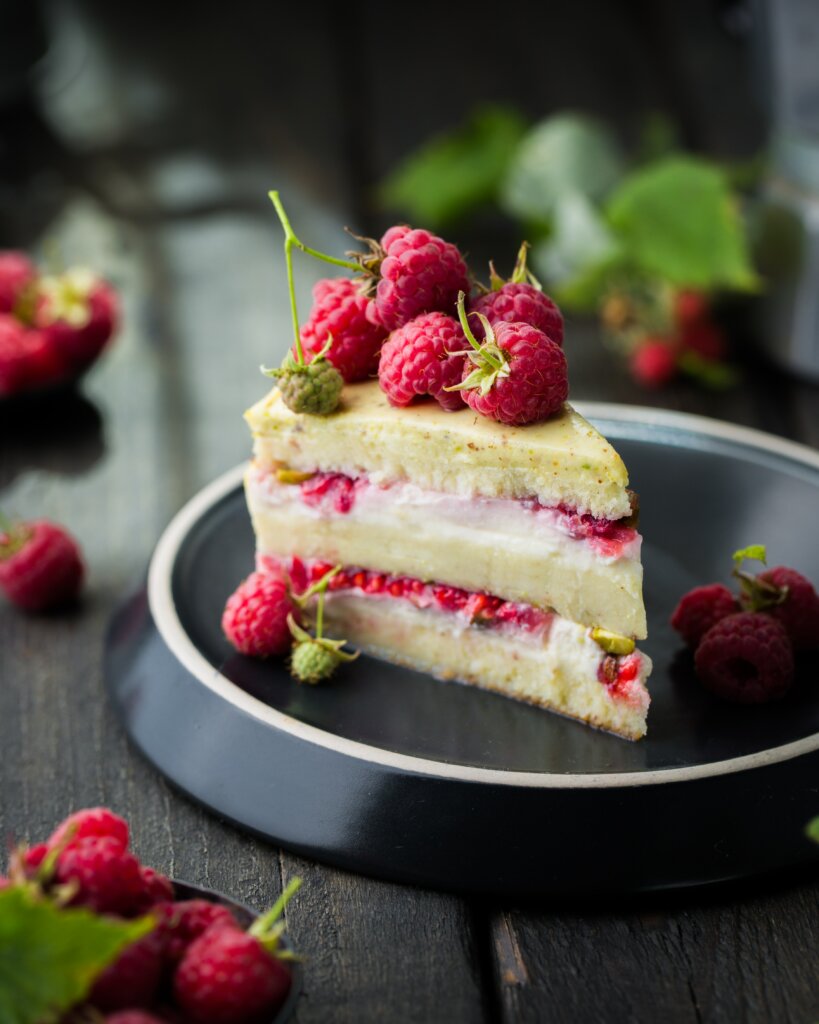 Photo by Anna Tukhfatullina Food Photographer/Stylist
Photo by Anna Tukhfatullina Food Photographer/StylistLighting is Your Secret Ingredient
The key to mouthwatering food photography is good lighting. Natural light is your best friend when it comes to capturing the beauty of your dishes. Find a spot near a window where the sunlight is diffused, like through sheer curtains or on a cloudy day. Avoid harsh, direct sunlight, as it can create strong shadows and overexposed highlights.
Experiment with different angles to see how the light plays on your food. Backlighting can create a beautiful glow around your dish, while side lighting highlights textures and details. Soft, even light will make your food look appetizing and appealing.
To learn more about how lighting can enhance your shots, and many more tips for capturing great shots, this article is a great starting point on your journey to creating successful food photography!
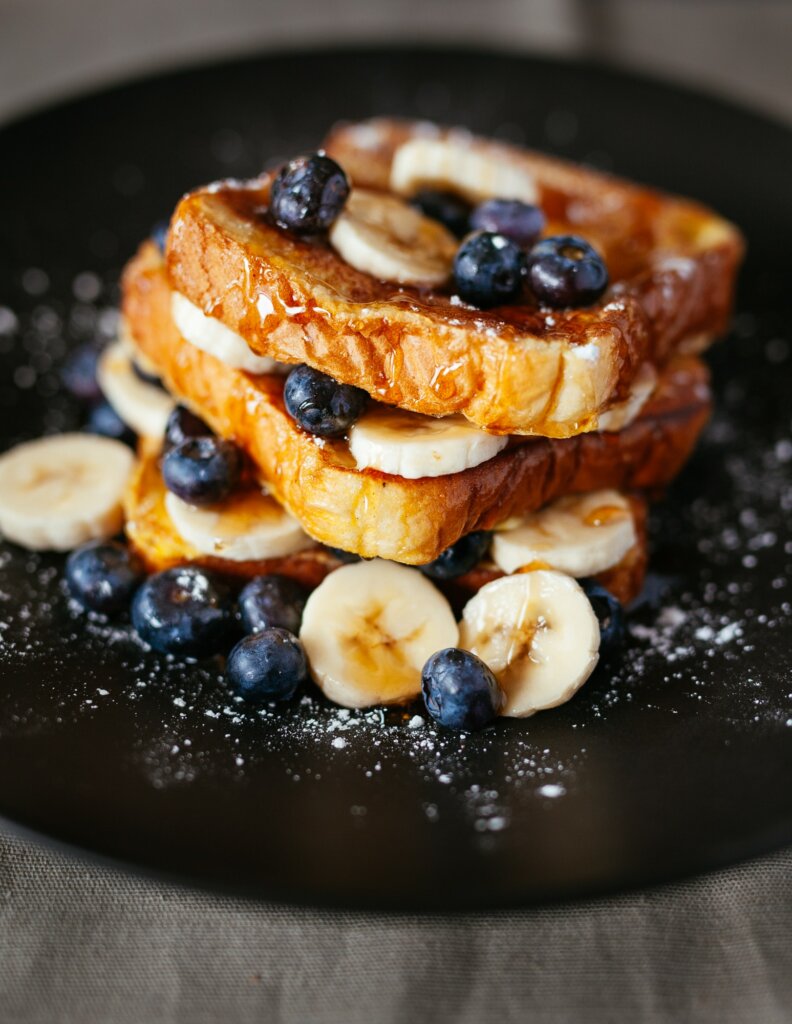 Photo by Joseph Gonzalez
Photo by Joseph GonzalezSet the Scene with Props and Backgrounds
Creating an inviting food scene is all about props and backgrounds. Start with a clean and simple backdrop, like a wooden table, marble countertop, or a plain white plate. These neutral backgrounds allow your food to take center stage.
Choose props that complement the theme of your dish. It could be a colorful napkin, rustic utensils, or fresh herbs. Be mindful not to overwhelm the scene with too many distractions; simplicity often works best.
Consider the composition of your shot. The rule of thirds is a good guideline – place your main subject (the food) along one of the lines or at an intersection point. This adds balance and visual interest to your image. Arrange your dish thoughtfully, paying attention to the colors, textures, and shapes (see this article here). Use garnishes, sauces, or fresh ingredients to enhance the visual appeal of your food. For instance, drizzling honey on pancakes or adding a sprinkle of herbs to a pasta dish can make a world of difference.
Don’t be afraid to get up close and capture the finer details. A close-up shot of a juicy burger or a melting chocolate dessert can make viewers almost taste the food through the photograph. Play with angles – shooting from above or at eye level to highlight different aspects of your dish. To delve into what it takes to set up a successful food photography shoot, this free eBook is a great resource. It’s an extremely helpful guide that shares tips and guidance on various elements of food photography, including backgrounds and setting up the scene.
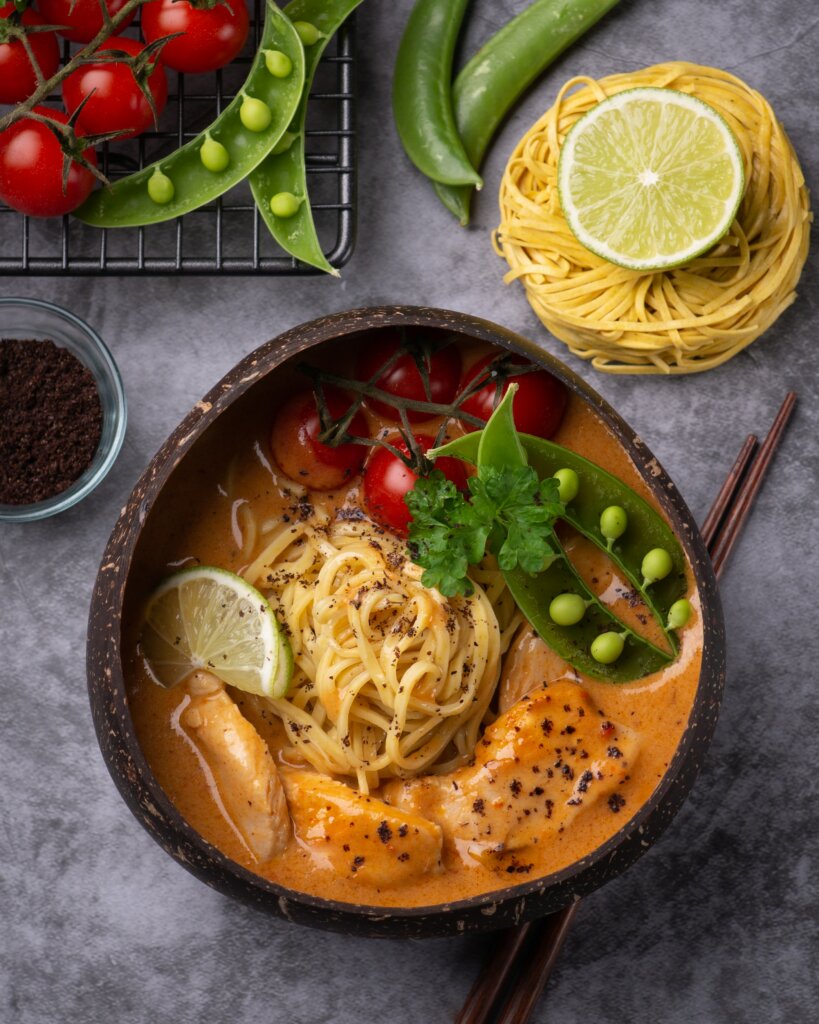 Photo by Max Griss
Photo by Max GrissPost-Processing for Flavorful Images
Once you’ve taken your shots, it’s time to enhance them using post-processing tools. You don’t need to be a Photoshop expert; even simple adjustments can elevate your images. Use free or affordable software like Adobe Lightroom or smartphone apps like Snapseed.
Adjust the brightness, contrast, and color balance to make your food pop. Be mindful not to overdo it – your goal is to enhance the natural beauty of the food, not to create something artificial. This helpful resource by Nicole Young discusses a program you can use for post-processing images, as well as four other great tips for photographing food, including choosing the right dishes to photograph,and more!
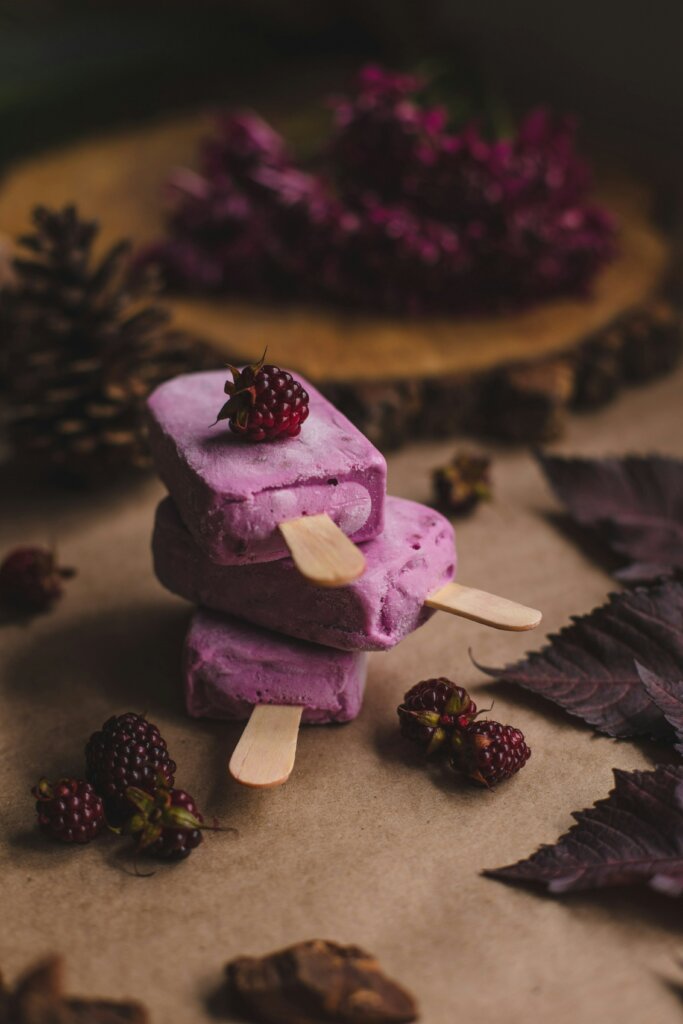 Photo by Pablo Merchán Montes
Photo by Pablo Merchán MontesConclusion
Food photography is a blend of art and technique, where your dishes become the stars of your images. By mastering the use of natural light, setting up inviting scenes, perfecting food styling, and applying some post-processing finesse, you’ll bewell-equipped to embark on your journey as a food photographer. Remember, practice is your best friend, so don’t hesitate to experiment, learn from your shots, and let your culinary creativity shine through your lens!
Recommended Readings
Photzy’s Food Photography Extended Case Studies offer invaluable insights into the art of capturing delicious dishes! These case studies provide real-life examples of food photographers’ processes, challenges, and include creative solutions. You’ll also learn to appreciate the composition, lighting, styling, and storytelling techniques that go into creating mouthwatering food images. Grab your copy of the Food Photography Extended Case Studies here today!

 2 weeks ago
15
2 weeks ago
15
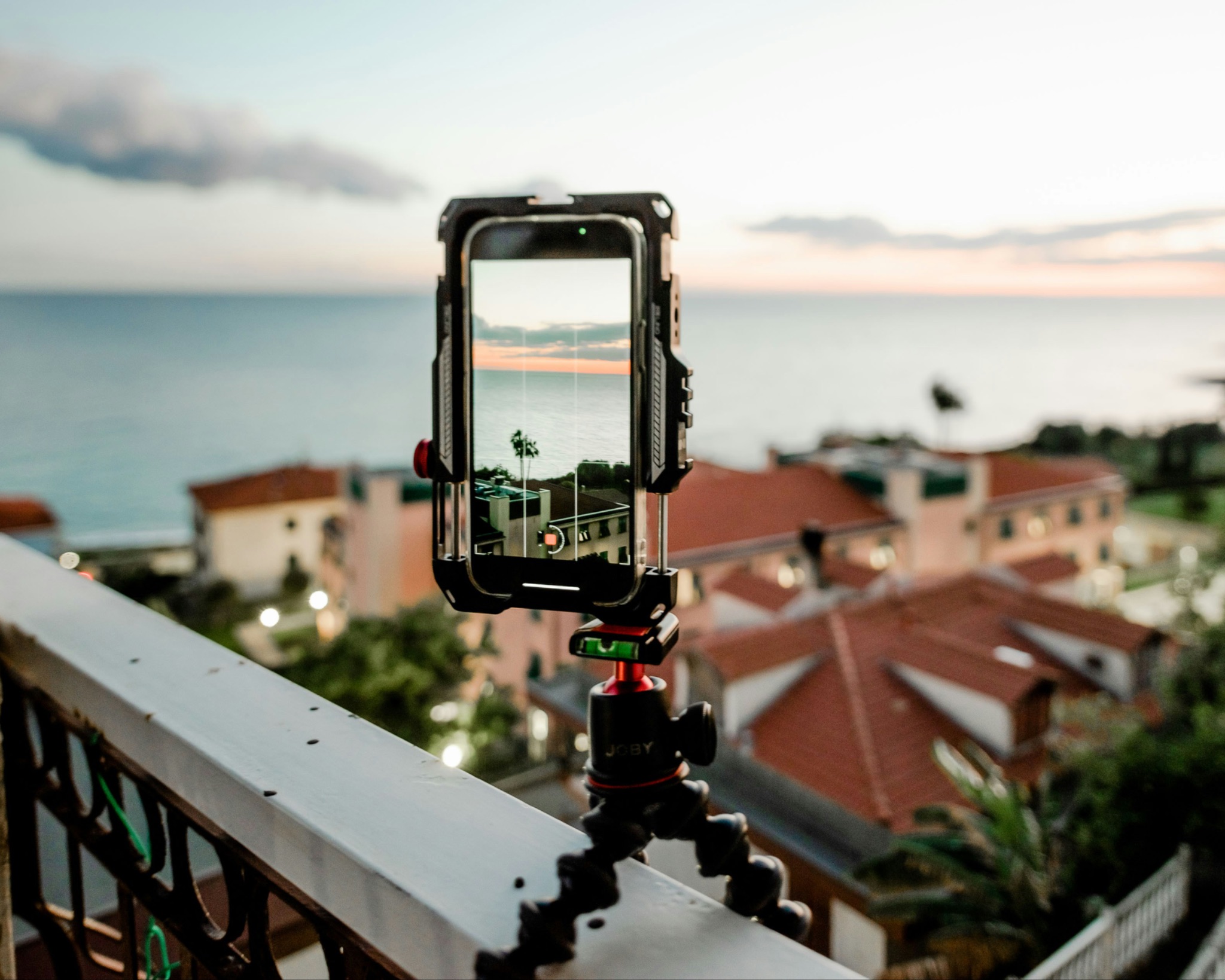


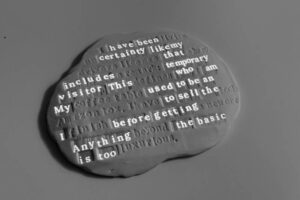




 English (US) ·
English (US) ·